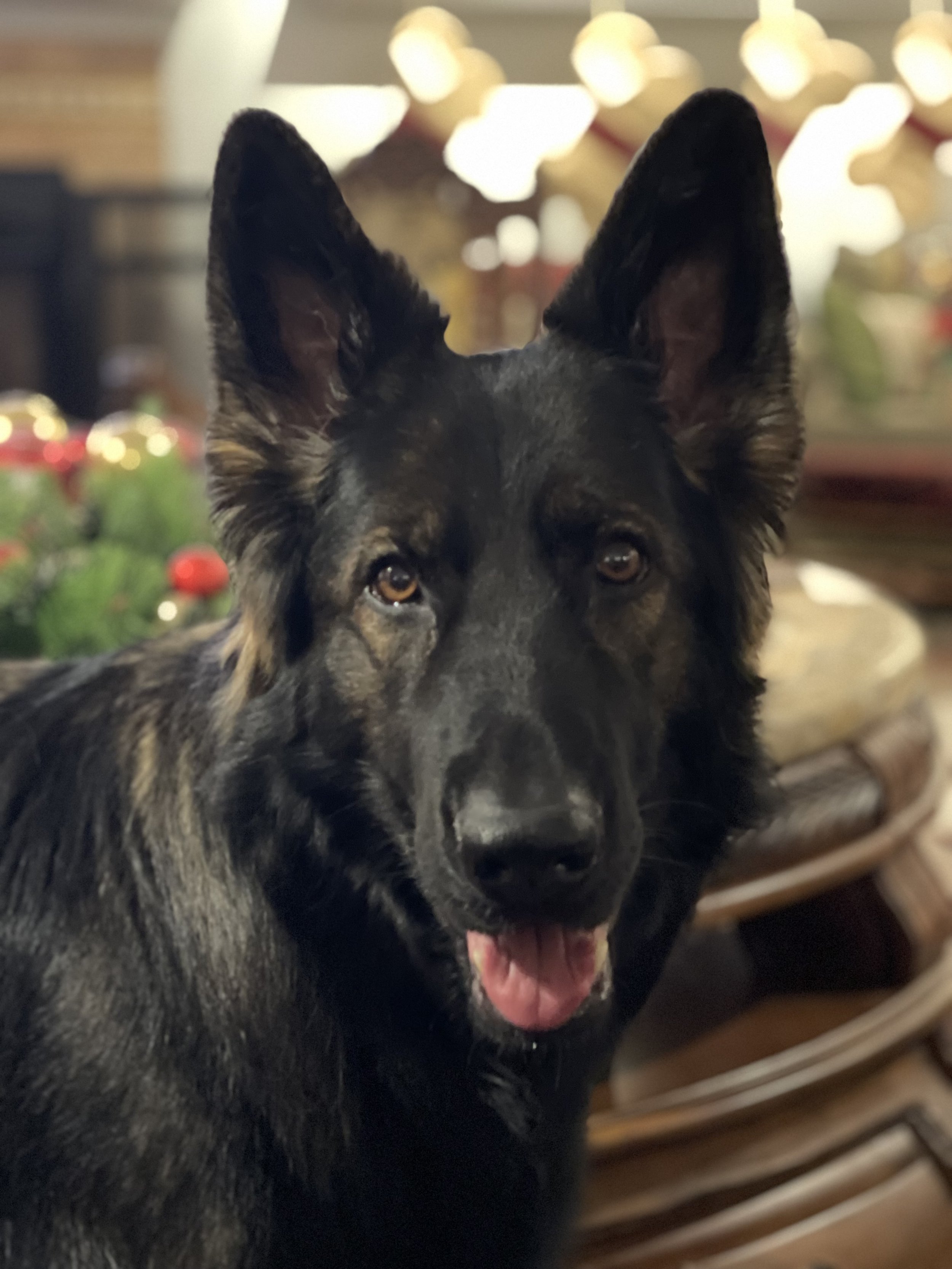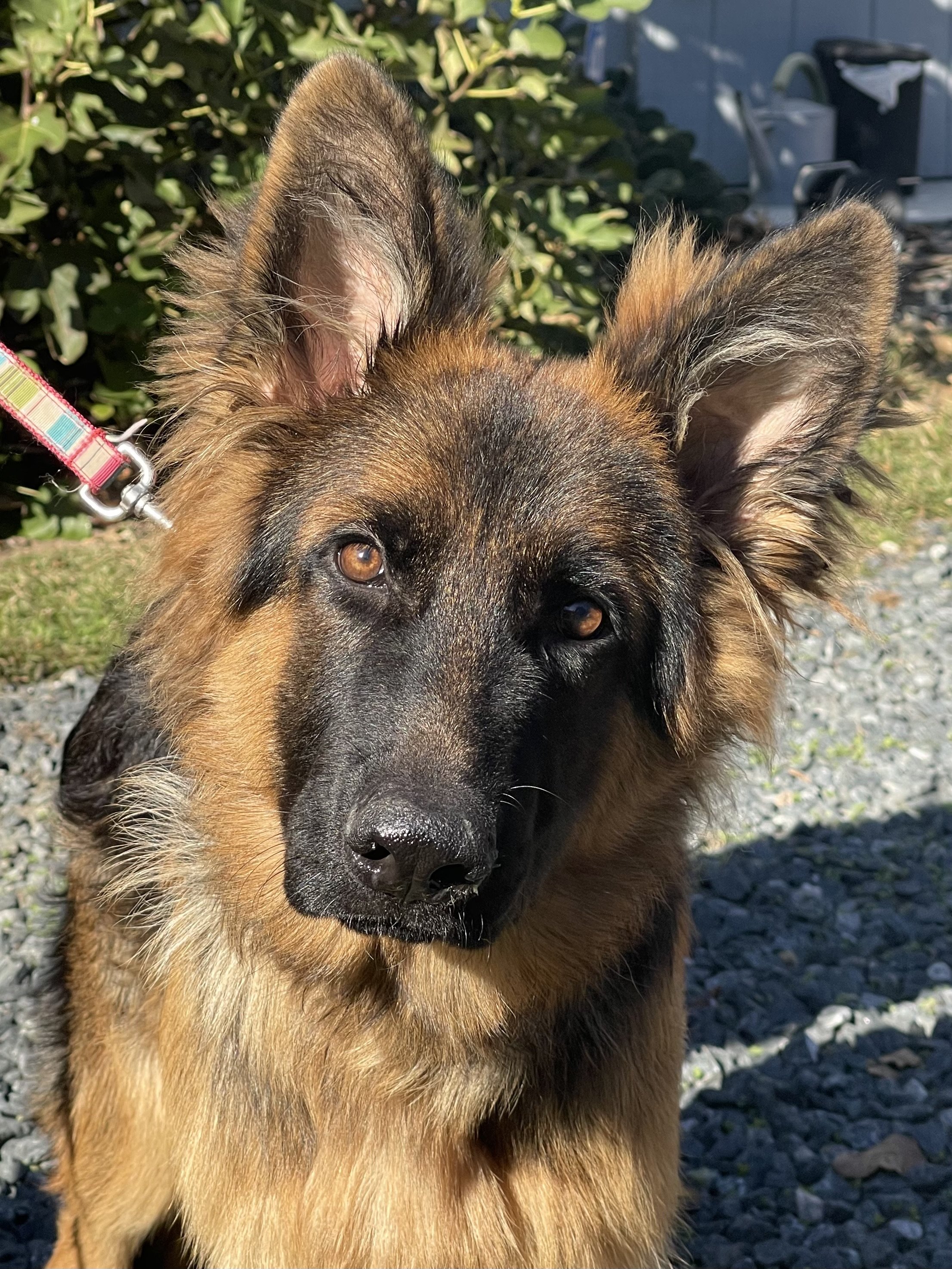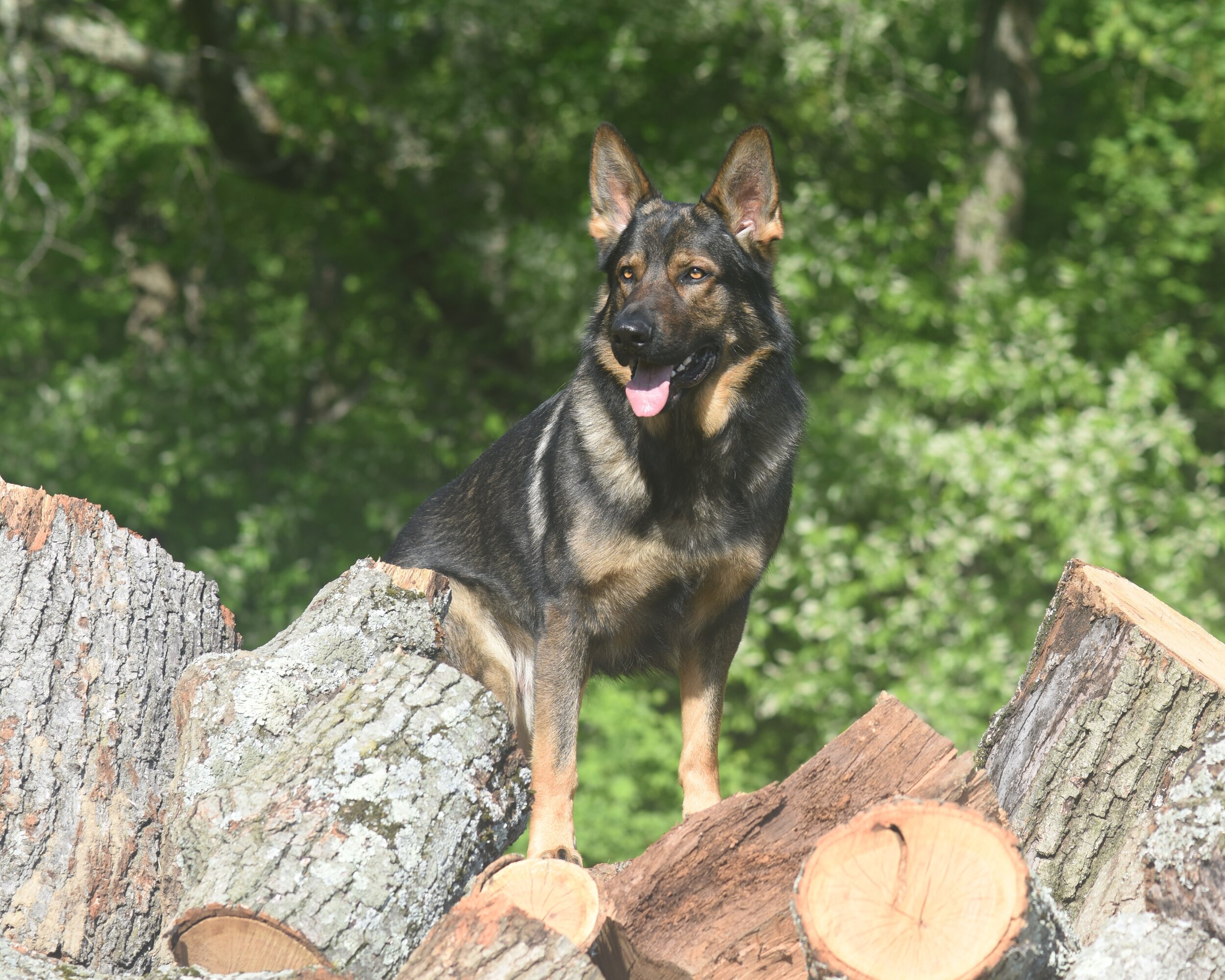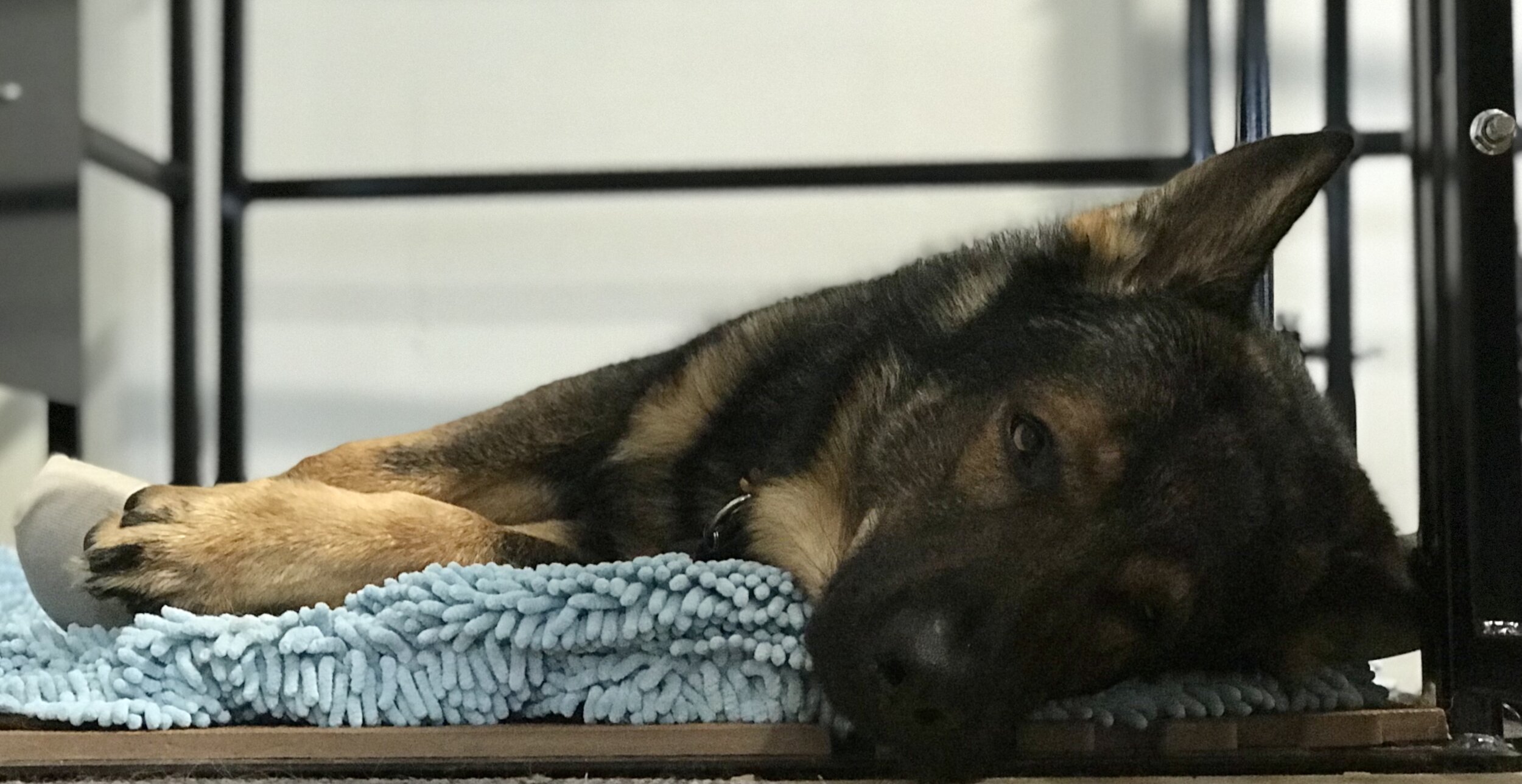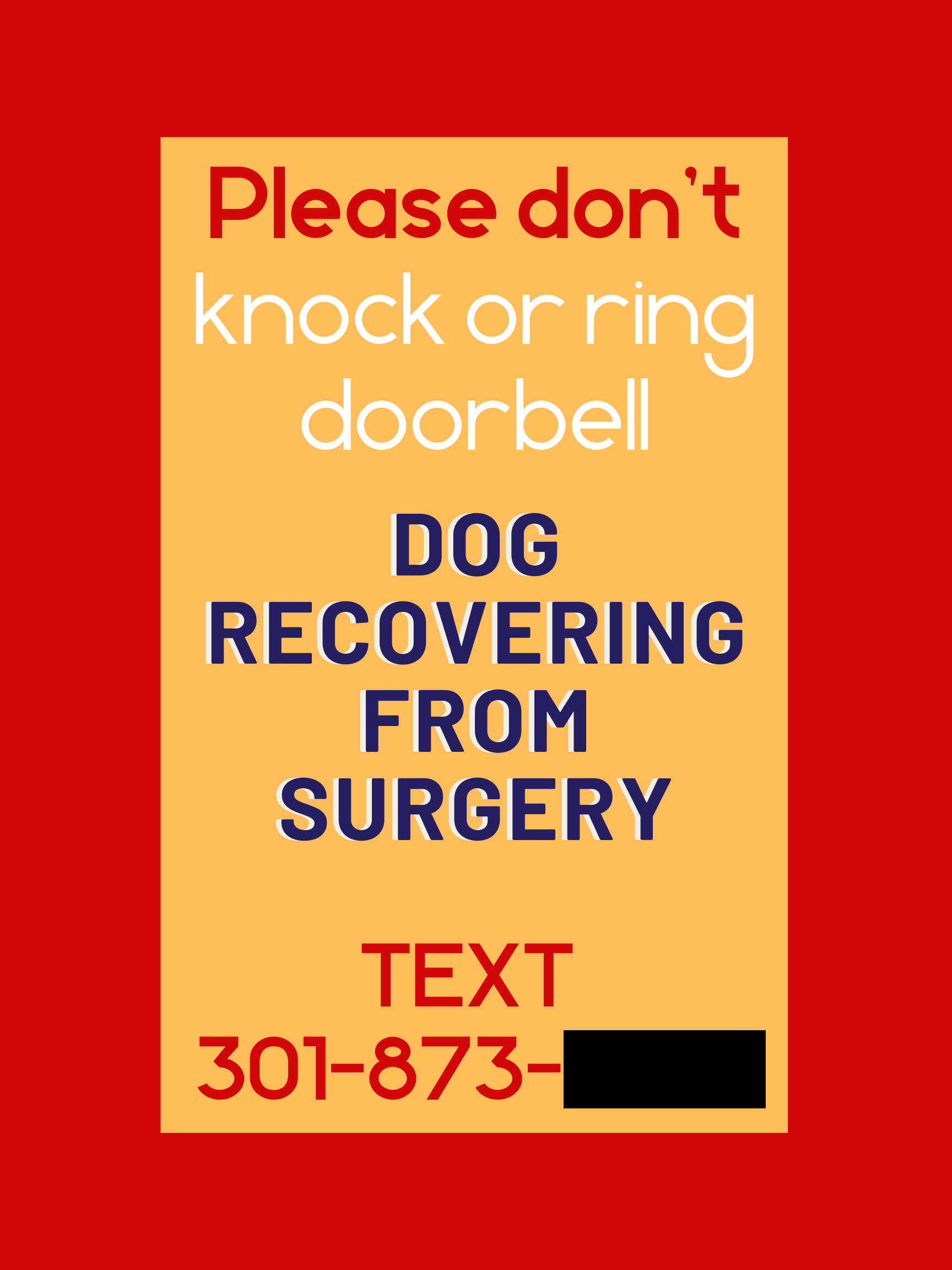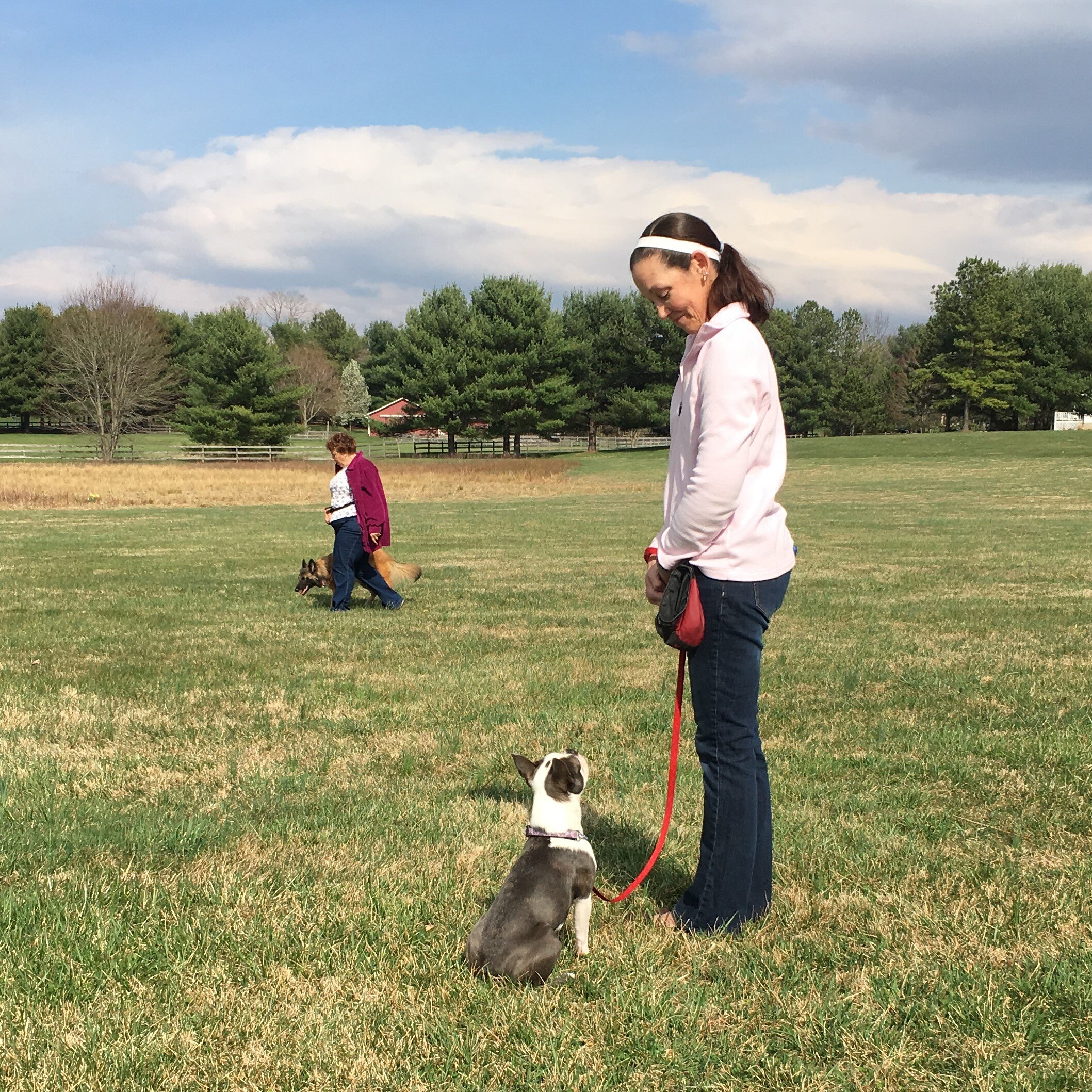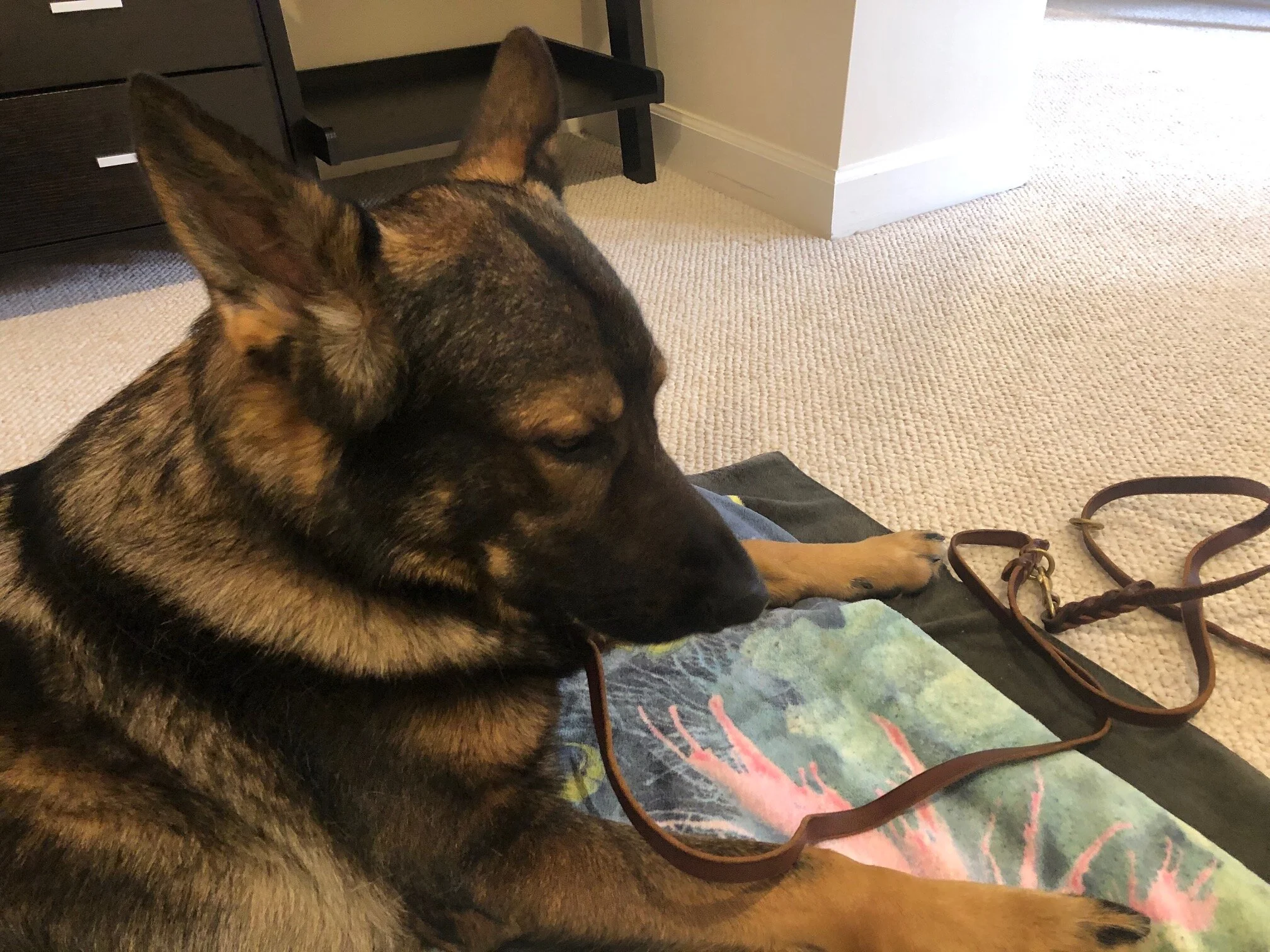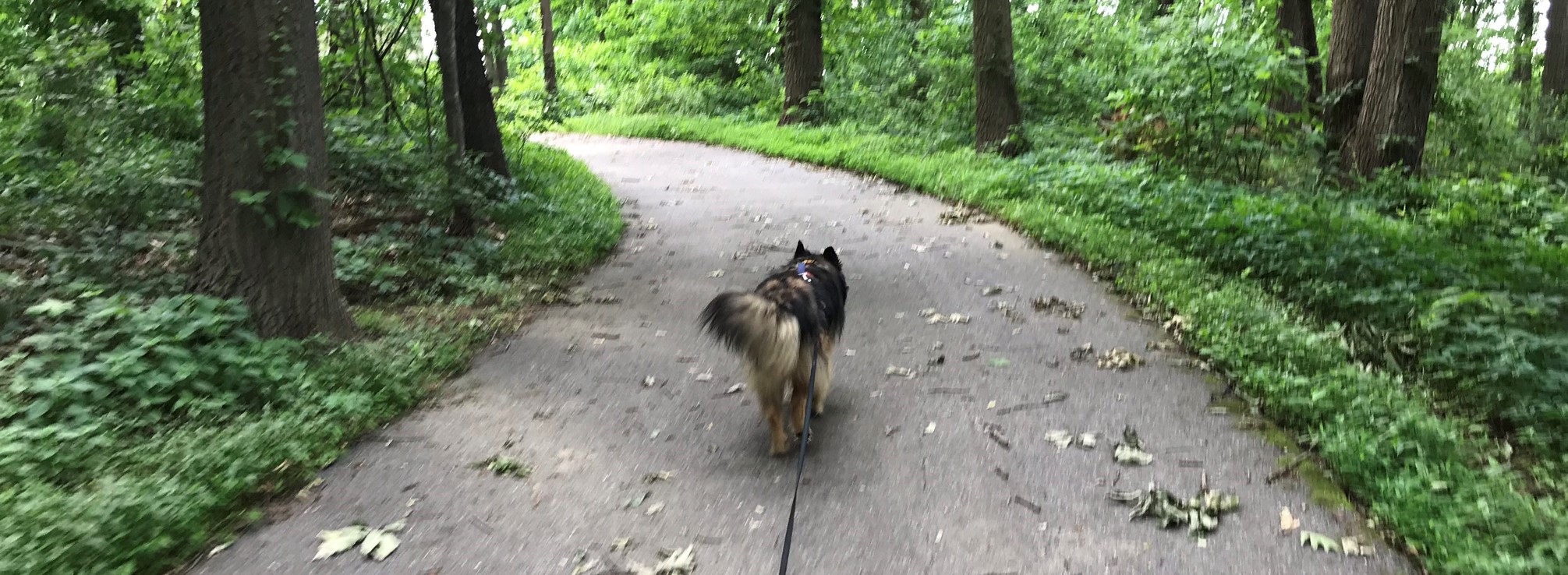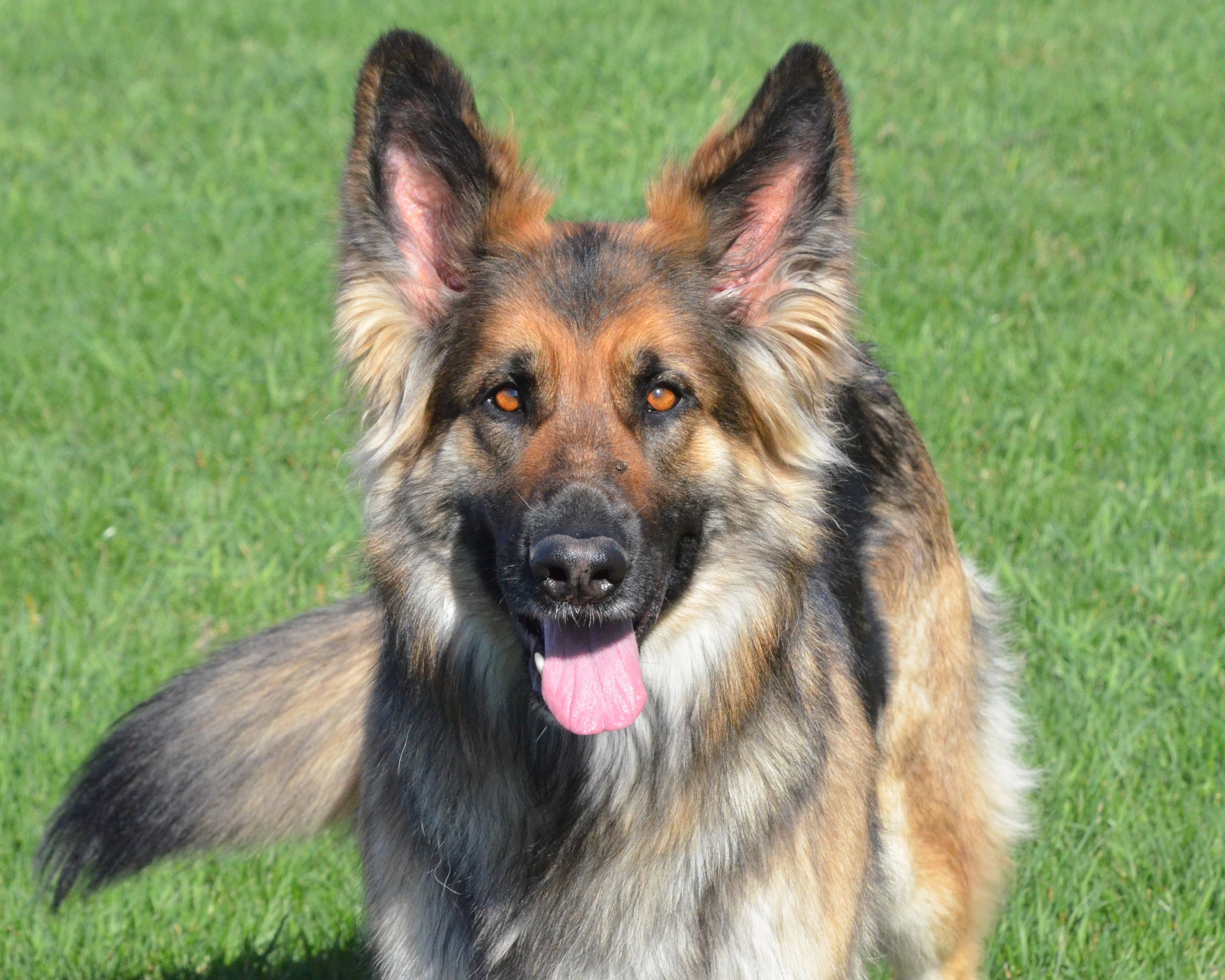A Buzz Puzzle
/If you want to know what’s bothering the dog, pay attention to the part of the dog your eye is drawn to when you watch them move. I learned this from Suzanne Clothier many years ago at a seminar on the physical dog, and it has helped me in countless ways over the years, both professionally and personally.
Last fall Buzz came up lame in her left rear, after a fun play session with a friend, and she’s been off ever since then. It aligned with some of the random little things I had been seeing for some time but couldn’t make sense of: kicking out on that leg while standing or laying down, maybe three times over several months? Biting at her stifle on occasion, as if she had an itch, also three or four times over several months. Mild off weighting on the leg from time to time. It wasn’t until after she came up lame that other things became more apparent: not willing to climb into my lap on the recliner, or climb in bed to sleep with us, things certainly consistent with her injury, but perhaps not coincidence that it lined up with some of the more subtle things I had been seeing.
After three months of exercise restriction Buzz improved greatly, but my eye continued to be drawn to her left rear, and she was also beginning to sit crooked or choose not to sit at all when asked, something very unlike her.
We scheduled an ortho consult with Skylos Sports Medicine, which led to a series of appointments to take a closer look at what might be causing Buzz’s distress. It was pleasing to watch Buzz walk off confidently with the technician during her first drop off appointment for xrays. She looked like she had lived there her whole life, but she was eager to get back to me when I came to pick her up. At her second appointment she got a little barky in the reception area when people approached, and then sounded the alarms when the doctor and tech walked into the exam room, startling all of us! By our third appointment she was barking at random people on sight in the parking lot, before we even entered the building, and then more once we went inside. When the time came, she was NOT pleased to be taken away from me again for the day.
While the staff at Skylos assured me that she was a model patient while she was with them over the course of all three appointments (and I trust them implicitly), the pattern of reactions Buzz, who is a registered therapy dog, was beginning to have toward random strangers was unnerving to me. It was so unlike her, and I wanted desperately to help rebuild her trust with strangers for the long term, and hopefully to make this week’s upcoming surgical drop off less stressful for her.
With the help of a few friends, we set up a couple of training sessions, where I could look for patterns in Buzz’s responses to evaluate how she was feeling about what, and when.
Here’s what I know to be true of Buzz:
If she’s pulling while on leash, her arousal is too high.
If she’s barking, her arousal is too high.
If she’s taking treats with a hard mouth, her arousal is too high.
If her arousal is too high it means she’s not comfortable with the situation.
When she’s comfortable, she’s able to make eye contact with me, she will, and quite often.
Fortunately, the friends I enlisted to help me with Buzz also understand these principles and were able to adjust accordingly while working with her.
The questions I was hoping Buzz would provide me with answers to were:
How do you feel when you first get out of the van?
Her Answer: She was alert, vigilant, not interested in treats, and unable to make eye contact with me.
My Response: Just wait. Wait for her to orient to the environment. Given time, her breathing and movement settled, she began offering eye contact, and was eager to take the treats as a reward for doing so, repeatedly.
At what point do you bark at a human being?
Her Answer: From pretty far away! At least 50 feet while the person was standing still, and almost immediately upon getting out of the vehicle.
My Response: See above. Once we established fluid connection on a loose leash while we stood still, I greeted my friend from that distance, still acknowledging Buzz’s eye contact when offered. Then I took the first few steps toward my friend, and Buzz started pulling on leash in the general direction of the person. That told me that her arousal had shifted and she was out of balance again. I waited until she could make eye contact with me again and that she was taking her food rewards gently. Once in fluid connection, I took a few more steps and Buzz was able to walk with me on loose leash all the way to the person.
How do you feel about being near the stranger?
Her Answer: I gave her some treats for making eye contact with me and noticed her hard mouth, indicating that she was starting to struggle.
My Response: I continued chatting with my friend and rewarding Buzz for eye contact, paying special attention to when she was able to take the treats gently from my hand. That’s when I knew we were ready for the next step. Having given my friend some treats, I asked her to offer some to Buzz, who was still standing on a loose leash next to me. She was able to take them with a soft mouth.
How do you feel about moving away from me with a stranger?
Her Answer: I held the leash while my friend invited Buzz to take a few steps away from me and come right back. My friend reported that Buzz was taking her treats gently.
My Response: None needed. She’s got this!
How do you feel about moving away from me with a stranger who has your leash?
At first my friend only moved away a few steps as she had done before and reported that Buzz was still taking treats nicely. As my friend began moving further away from me with Buzz, she continued monitoring how Buzz was taking treats and whether she was on a loose leash while I monitored if and how Buzz glanced back at me while they worked together away from me. When Buzz took a treat hard, or took a step towards me instead of working with her new friend, they moved closer to me until she was ready to try it again. Within no time, Buzz was pleased to saunter off with her new friend and wave at me while they explored the world together, even when taken out of sight.
With those questions answered, I’ve got some ideas to work with prior to dropping Buzz off for surgery in three days. And Buzz got a couple of good experiences work with strangers under her belt.
The day before I drop her off, Seger has a physical therapy appointment at Skylos, so I’ll bring Buzz and do some similar work with her before and after his appointment. Hopefully I’ll be able to enlist a couple of staff members to help me in a similar vein with the end goal of Buzz being more comfortable when she’s dropped off the next day. If that goes south, I’ll discuss some other options for her with them that might allow me to be with her during pre-sedation in some way.
And once all that is said and done, I’ll put what I learned to good use to help Buzz feel better about strangers again. The good news is that she genuinely likes people, so we’ve just got to get over this hump together.
Want to know more about the skills I’ve learned to incorporate over time? Check out www.suzanneclothier.com. As always, big thanks to Suzanne, for your support and all you’ve taught me over the years. And thanks to Stephanie and Megan for helping me work through this with Buzz.

